Knees Caving In When Squatting/Jumping? Here’s Your Fix for Knee Valgus
If you polled most athletes and asked them whether or not they’d like to increase their vertical jump, you’d more than likely get a resounding “Yes”. The vertical jump is one of the standards for overall athleticism and can translate well to many sport (and non-sport) related activities. Unfortunately, knee valgus limits the possibilities for many athletes.
In fact, the greater your ability to produce force through a vertical jump, the more important your landing mechanics become. We often see athletes who allow their knees to cave in during squats or when landing from jumps. And if you play a sport like basketball or volleyball, how you land becomes even more important because of the frequency with which you’ll jump. So let’s go over what knee valgus looks like and why it’s problematic.
Knee Valgus
Knee valgus is when the knee caves in during functional movements such as squats, step-ups, jumping, etc. Allowing the knees to fall into valgus changes the stress that normally occurs across the knee joint, which can cause pain and put athletes at an increased risk for potential injury. Knee valgus is most commonly caused by a weak gluteus medius muscle, which is located on the posterior and lateral aspect of the buttocks, underneath the gluteus maximus. This muscle is an important hip stabilizer and dynamic knee controller in both single leg stance and double leg activities, such as running, cutting/pivoting, dynamic balancing, and walking. Getting this muscle activated and having it at the ready before lifting and sport participation is crucial to prevent injury and up your game!
Strengthening your glutes is a key ingredient of developing a healthy and stable athlete. The gluteus medius is one of the main muscles responsible for stabilizing your knee, so spending some time targeting it specifically should be a part of your training program. Exercises like Clam shells, side planks, and Reverse Monster Walks can be resourceful tools for you to activate and build strength in the glute medius.
Reverse Monster Walks
Band should be placed right above the knees.
Butt should be pushed back, chest up, and core tight so your back is in neutral.
Step back and out. Repeat with the opposite leg.
Repeat for 4 laps.
Clam Shells
Get in a side-lying position with your hips stacked directly on top of each other (should not be leaning backward), and feet and knees together.
If using a band it should be right above the knees.
Keeping your feet together, lift the top knee slightly higher than hip height, making sure your hips don’t roll backward.
Hold for 3 seconds and repeat for 20 reps.
Side Plank Hold with Leg Lift
Begin in a side-lying position with your knees and hips stacked and propped up on your forearm.
The band should be placed right above the knees.
Push through the knee to pop yourself up off the ground. Trunk, hips, and legs should be in a straight line. Do not roll forward or backward.
Lift the top leg up and hold for 3 seconds. Repeat 2×15 reps each side.
All exercises should be specifically felt in the gluteus medius, which should be in the meat of the buttocks and not on the side of the hip. If you’re having trouble activating this muscle, try adjusting your positioning or reach out to us!
Dynamic Strength
Now, as important as these strengthening exercises are, sport isn’t all about strength. It is how we apply our strength that determines how effective we are in competition. This is why we need to take our newfound strength and apply it in a dynamic manner to better simulate sport!
The Banded Jump Squat
Banded Jump Squat: Stand with your feet slightly wider than shoulder-width. Externally rotate your knees so you are pushing out against the band and drop down into a squat while driving your hands behind you. Jump up and land with your knees pushed out against the band.
The banded jump squat will assist in cueing your knees to push outward and avoid knee valgus. Applying the dynamic movement to your program, while maintaining an emphasis on strengthening, will provide you with an efficient overall plan for keeping your knees from caving in during landing and squatting. Above all, we want a combination of strength and the dynamic application of strength. Growing stronger and understanding how to use your strength will make you a better athlete!
By: Cam Meiswinkel CSCS and Nicole Laman SPT
Are you interested in our services at Trifecta Therapeutics, but live too far away from our facility? Schedule a telehealth visit!
Feature Image courtesy of https://unsplash.com/@yourhousefitness/portfolion

